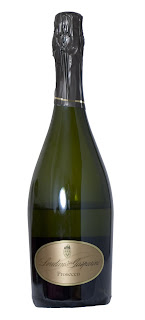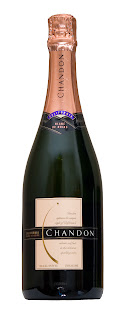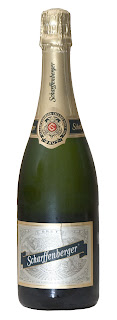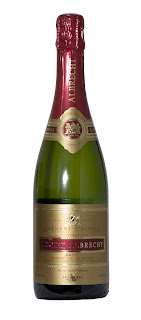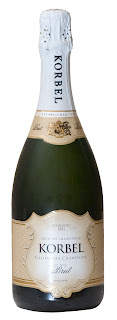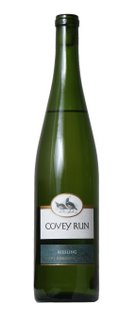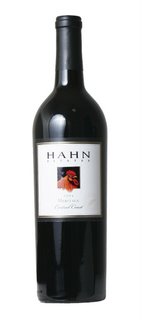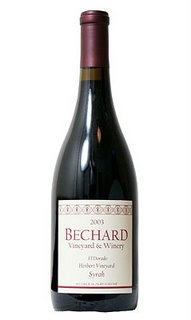Christmas and especially News Years just scream champagne. Champagne with dinner, drunken champagne toasts to the New Year, and mind-bending champagne hangovers on New Years Day.
As a budding wine snob this is a crucial time of year for you. What better way to celebrate Christmas than to cut your snotty brother-in-law down to size by sneering at the bottle of André that he brought to dinner and giving a lecture on the differences between CO2 injection, charmat and méthode champenoise processes?
But before we get carried away, let’s start with the basics. The first thing you need to know about champagne is that "champagne" only comes from the Champagne region of France, near Paris (pair-EE). Everything else is a "sparkling wine". So when brother-in-law Bob refers to his bottle of André as "champagne", you can slice him into even smaller pieces.
But there are excellent sparkling wines from all over the world, not just France.
Italy produces some fine sparkling wines, referred to as spumante (spoo-MON-tee), including the infamously cheap asti spumantes. However, some of the best Italian sparkling wines are dry wines made from the prosecco grape. In Spain, sparkling wines are referred to as cavas. Most cavas come from Catalonia and use native Spanish grape varieties. And, of course, California makes its fair share of sparkling wines.
Now I grew up in Bob’s house. My parents bought basic André for “normal” special occasions and Cold Duck for the really special occasions. Until recently (like last week, when my editor suggested doing a column on “champagne”), I knew very little about sparkling wines other than they gave you kick ass hangovers. In fact, the high point of my sparkling wine career was when I was the “bartender” at my sister’s wedding and served bottles of Cold Duck out of a trashcan filled with ice. I was so sick from drinking that stuff that I literally wanted to die.
But if you want to do better than Cold Duck – and show up your brother-in-law – you need to know a little more about sparkling wine.
For one thing, sparkling wines come in varying levels of sweetness. The driest style of sparkling wine is referred to as “brut”. No way! Oh man, I always wondered what that meant! I always thought it had something to do with the strength of the wine, you know, “That sure is a brut of a champagne.” In fact, a brut is just a sparkling wine with little or no residual sweetness.
Next on the dryness scale is “extra-dry”, which really means “slightly sweet.” After that comes “sec” (literally “dry”, but actually somewhat sweet), “demi-sec” (“half-dry”, but actually pretty sweet), and “doux” (“really sweet”). Who came up with this stuff? Some drunk French guy. ‘Nuff said.
Sparkling wines may also say “blanc de noirs” or “blanc de blancs” on the label. This has to do with the grapes used to make the wine. French-style sparkling wines are typically made with some combination of pinot noir, pinot meunier (pee-No moon-YAY), and chardonnay grapes. Blanc de noirs (“white of blacks” – don’t go there) are wines made from the red pinot noir grape. However, the skins are removed soon after pressing, leaving a lightly salmon-colored wine behind. Blanc de Blancs (“white of whites”) are made from white chardonnay grapes and make very delicate light wines.
And what about that CO2 injection, charmat and méthode champenoise stuff that you used to chainsaw old Bobble-head Bob into little chunks? They have to do with how the bubbles get into the sparkling wine. The méthode champenoise (may-TOD sham-pen-NWAHZ) adds a second fermentation to the winemaking process that adds the bubbly to sparkling wines. This takes a lot time and attention, and produces finely carbonated wines. The charmat method is cheaper and faster and ferments the wines in pressurized tanks where the resulting CO2 is forced back into the wine. As cheap as this is, it’s still better than CO2 injection method, which is exactly what they do to Coca Cola to give it carbonation. Only really cheap stuff – like André – uses this method.
Next week I’ll review and recommend four sparkling wines for the holidays, each under $20 a bottle.

